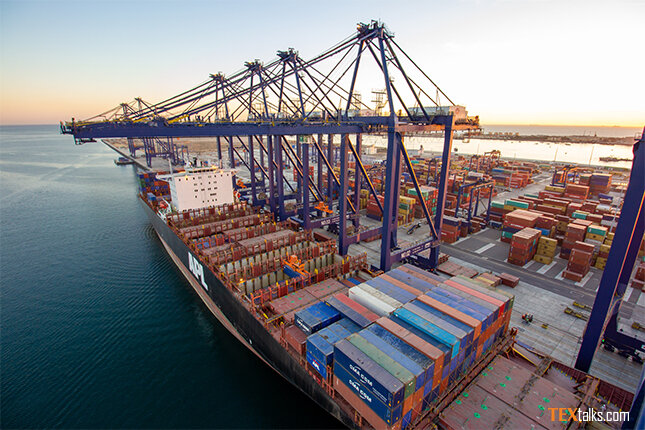Gwadar port charges some of the highest fees compared to key regional competitors, a recent report presented to the Standing Committee on Planning, Development, and Special Initiatives revealed. The analysis highlights key factors causing Gwadar Port’s slow growth. It raises concerns about its strategic and economic future.
Gwadar, the centerpiece of the China-Pakistan Economic Corridor (CPEC), aims to challenge regional ports and attract massive shipping traffic. However, recent data shows sluggish operations and very low cargo volumes. These issues put its progress in question.
High Port Charges Burden Pakistan’s Maritime Sector
The report reveals that Karachi Port Trust (KPT) charges the steepest port dues for a 50,000 Gross Registered Tonnage (GRT) vessel at USD 18,900. This is the highest among six surveyed ports. Port Qasim Authority (PQA) and Gwadar Port Authority (GPA) follow with fees of USD 15,000 each. These fees are far above rates charged by regional competitors in the Gulf.
Ports in the United Arab Emirates and Oman charge significantly less. Jebel Ali Port (UAE) imposes fees of just USD 3,406. Sohar Port (Oman) sets even lower charges at USD 3,000. Iran’s Chabahar Port, a direct regional rival, maintains moderate fees of USD 7,970.
The report compares South Asian and Gulf ports’ performance. It exposes Pakistan’s maritime infrastructure weaknesses. Karachi and Port Qasim handled 2.2 million and 1.05 million TEUs (Twenty-foot Equivalent Units) respectively in 2021. These figures fall short of leaders like Jebel Ali (14.4 million), Colombo (5.1 million), and Salalah (4.4 million). Gwadar’s cargo throughput remained negligible at 2,300 TEUs despite heavy investments.
Vessel movements also reveal the gap. Sohar led with 4,807 calls, Colombo recorded 4,310. Karachi and Port Qasim had 1,600 and 1,535 respectively, while Gwadar managed just 22 calls. Chabahar had 41 calls.
Committee members and experts warn these numbers expose deep structural inefficiencies and uncompetitive pricing in Pakistan’s ports. High port dues, outdated handling facilities, and poor inland connectivity cost billions in lost trade opportunities. These factors stall Pakistan’s maritime growth.
